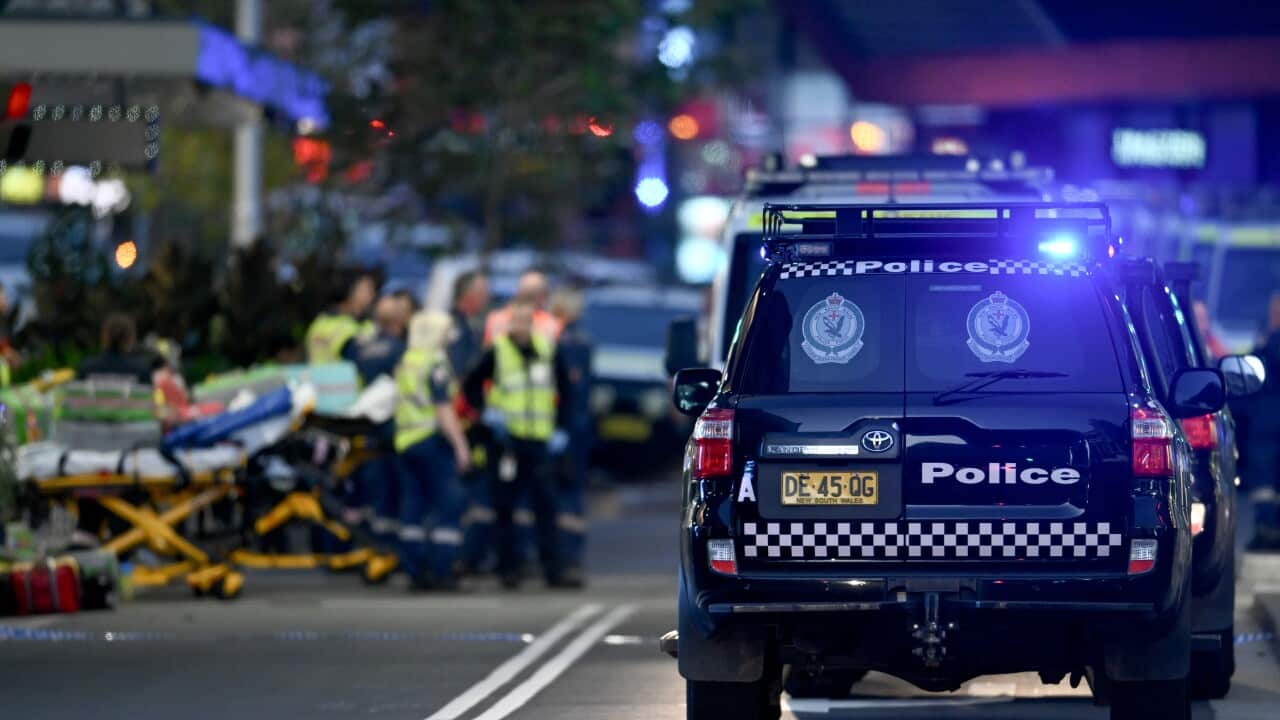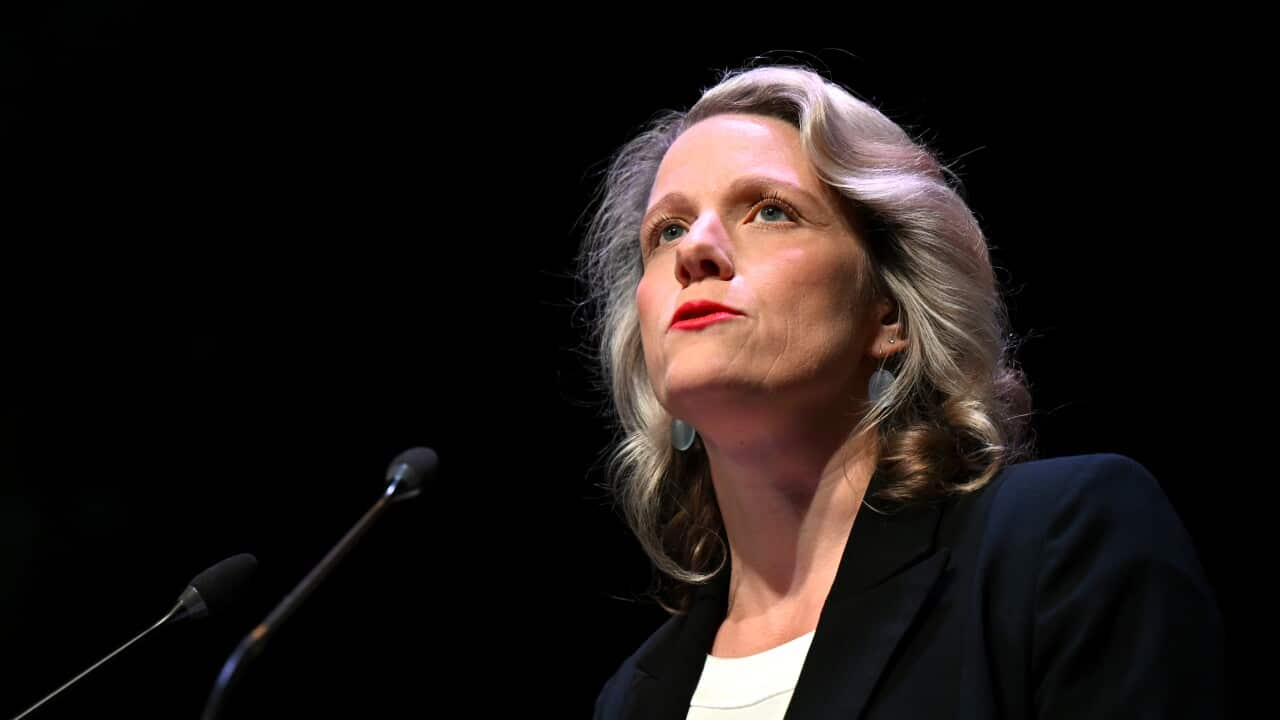Important beach safety messaging should be better targeted at migrant communities, a new report has found, with vital messages about rips and swimming between the flags not getting through.
The conducted by the UNSW Beach Safety Research Group examined the risk factors behind drowning deaths among south Asian migrants, who have been long overrepresented in drowning statistics.
Almost half of the 249 migrants surveyed from South Asian nations - including India and Nepal - admitted they did not know how to swim, but still intended to enter the water anyway.
Many were often fully-clothed, which can make it more difficult to swim, and more than half ventured into the water at unpatrolled beaches.
More than a quarter of respondents also had a limited understanding of the red and yellow flag system, and more than half admitted they did not swim between them regularly.
“We found that most people who live less than 10 years in Australia are the ones that visit beaches more frequently, but are less likely to have had swimming lessons, heard of the flags, understand things like rip currents, or have participated in a beach safety program,” report author Professor Rob Brander said.
“The message there is we really need to improve our beach safety education of new migrants, and relatively new migrants."
Professor Brander disputed the common perception that migrants were ignorant of the advice, and said the survey responses indicated that important information was being lost in translation.
"One of the main responses we got was that often they read signs, and they don't really understand the terminology,” he said.
“And they thought it would help a lot if a lot of the common beach safety signage, for example, was translated in different languages.”
But ensuring the message is properly understood is more challenging, particularly when it comes to overcoming cultural barriers.
“The thing that might not translate is why should you swim between these flags? And, there was some evidence in our survey that people saw the red in the flags and assumed that meant danger, or they thought it was the private swimming area,” Professor Brander said.
Amar Singh, president of Turbans 4 Australia, believes broad messaging is often failing to penetrate migrant communities.
His organisation has run community-focused surf safety programs with culturally appropriate messaging, but has struggled to secure adequate funding and support to keep them running.
"Somewhere along this line, I think we really missed the key target market, which is the migrant communities, because if we look at everything by the stats and numbers, people that are drowning, are least catered for in these water safety campaigns,” he told SBS News.
"People coming from different cultural backgrounds, language backgrounds, they have all those barriers to overcome before they can understand the basics.”
“Other people ask “Why are people swimming in the flags, the whole beach is empty?". People don't understand that that area has been marked safe for lifeguards.” He said the lure of the beach has long proved tempting to recent migrants in his community, many of whom have lived long distances from the coastline.
He said the lure of the beach has long proved tempting to recent migrants in his community, many of whom have lived long distances from the coastline.

Beachgoers at Cronulla beach in Sydney. Source: AAP
The prominent position the beach plays in Australian culture can leave some migrants out of their depth, according to Mr Singh.
“It's intimidating in a way of the unknown,” he said.
“Migrant communities don't where the rips are where the currents are, but yet what advertising sites come to Australia see the beautiful beaches, the white sand and the blue waters, everyone is tempted to smell the ocean."
“That’s what draws them towards it, to enjoy a scenic thing…not knowing all the dangers.”
Professor Brander said there was nothing inherently wrong with current beach safety awareness programs, but there should be an increased focus on targeting sections of the diaspora who are overrepresented in drowning statistics.
"There's a lot of great programs out there that are trying to address the safety in these communities and I'm sure, you know, many of them are good. But the challenge is reaching these people and motivating them to be interested in learning to swim lessons and beach safety programs,” he said.
In a statement to SBS News, a spokesperson for Surf Life Saving Australia said the organisation had safety information and practical programs in place to educate diverse communities.
“SLS State entities have various programs across the country that are already in place around the country to increase exposure of new Australians to water safety, many collaboratively supported within community leaders and other water safety professionals," they said.
“Surf Life Saving SA has recently developed a new campaign to promote water safety, specifically targeted towards people from migrant backgrounds.
“Within this campaign, Surf Life Saving SA has released a series of water safety videos in 20 different languages to directly build awareness and knowledge, which work alongside practical lessons at the beach, for students, families alike.”










